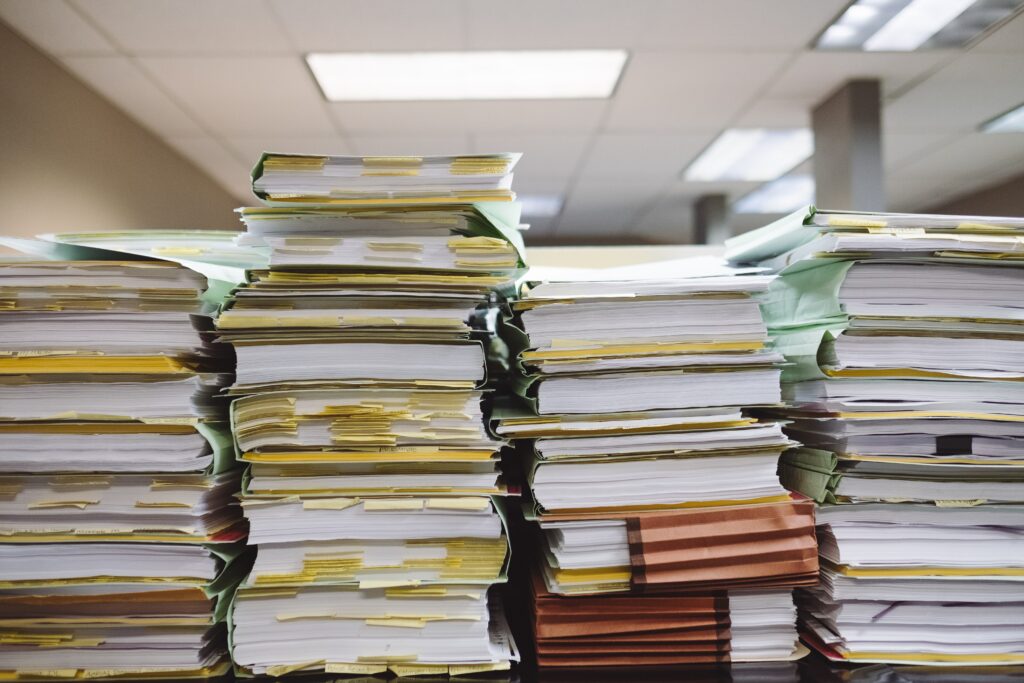
Introduction
Facility Management is a multifaceted process that involves not only the operation and maintenance of a facility but also thorough documentation and specifications for building, civil, and public health engineering elements. In this blog, we’ll delve into the essential requirements and details related to these engineering aspects in a Facility Management Manual.
Project Particular Specification
Every construction project has its unique requirements and specifications. The Facility Management Manual should begin by providing a detailed Project Particular Specification. This document outlines the specific requirements, goals, and expectations for the building, civil, and public health engineering aspects of the facility.
As-Installed Engineering Drawings
Accurate and up-to-date as-installed engineering drawings are crucial for managing the facility effectively. The FM Manual should include both hard copy and CAD drawings that meet the specifications of the relevant Base Standard. These drawings provide a visual representation of the facility’s layout, allowing facility managers and maintenance teams to understand the infrastructure better.
In addition, a schedule of all drawings should be included for reference purposes. This schedule simplifies the search for specific drawings when needed, ensuring efficient facility management.
Design Drawings
While as-installed drawings provide a snapshot of the facility’s current state, design drawings are essential for understanding the original intent and purpose of the construction. The FM Manual should include design drawings as required and agreed upon with the DE Project Sponsor.
Alternatively, the project team may choose to provide a record of changes against the 100% design. This approach eliminates the need for separate design drawings within the FM Manual while ensuring that the documented changes align with the original design intent.
Materials Schedule (Form DE USF 199)
Form DE USF 199, particularly the Building & Civil Engineering (B&CE) element, plays a crucial role in documenting the principal materials used in construction. This form should be completed to provide a schedule of all the materials used in the building and civil engineering aspects of the facility. This information is valuable for sourcing replacement materials, conducting repairs, and ensuring compliance with relevant standards.
Maintenance Requirements
Maintaining a facility involves more than just routine cleaning and repairs. The FM Manual should detail maintenance requirements for the building and structure. This includes not only general maintenance but also any manufacturer-specific requirements for cleaning, treatment of surfaces, and finishes. Adhering to these maintenance instructions ensures the longevity and performance of the facility.
Construction Methods and Access Arrangements
Understanding the methods used in the construction of the building and structure is vital for effective facility management. The FM Manual should provide general details about the construction methods employed. This information can be invaluable when addressing maintenance or renovation needs.
In addition, access arrangements should be detailed to ensure that facility managers and maintenance personnel can safely and efficiently access all areas of the facility as needed.
Demolition Procedures
While the FM Manual primarily focuses on operation and maintenance, it’s important to include information on demolition procedures. This section should outline the necessary steps to safely and systematically demolish the building or structure if and when that time comes. A sequenced procedure for demolition ensures safety and minimizes risks during the deconstruction process.
Conclusion
Effective Facility Management relies on comprehensive documentation and specifications for building, civil, and public health engineering aspects. By including project-specific details, accurate drawings, materials schedules, maintenance requirements, and even demolition procedures, the Facility Management Manual becomes an invaluable resource for ensuring the efficient operation and long-term sustainability of the facility. Proper documentation and adherence to standards are essential for facility managers to carry out their responsibilities effectively.

0 Comments